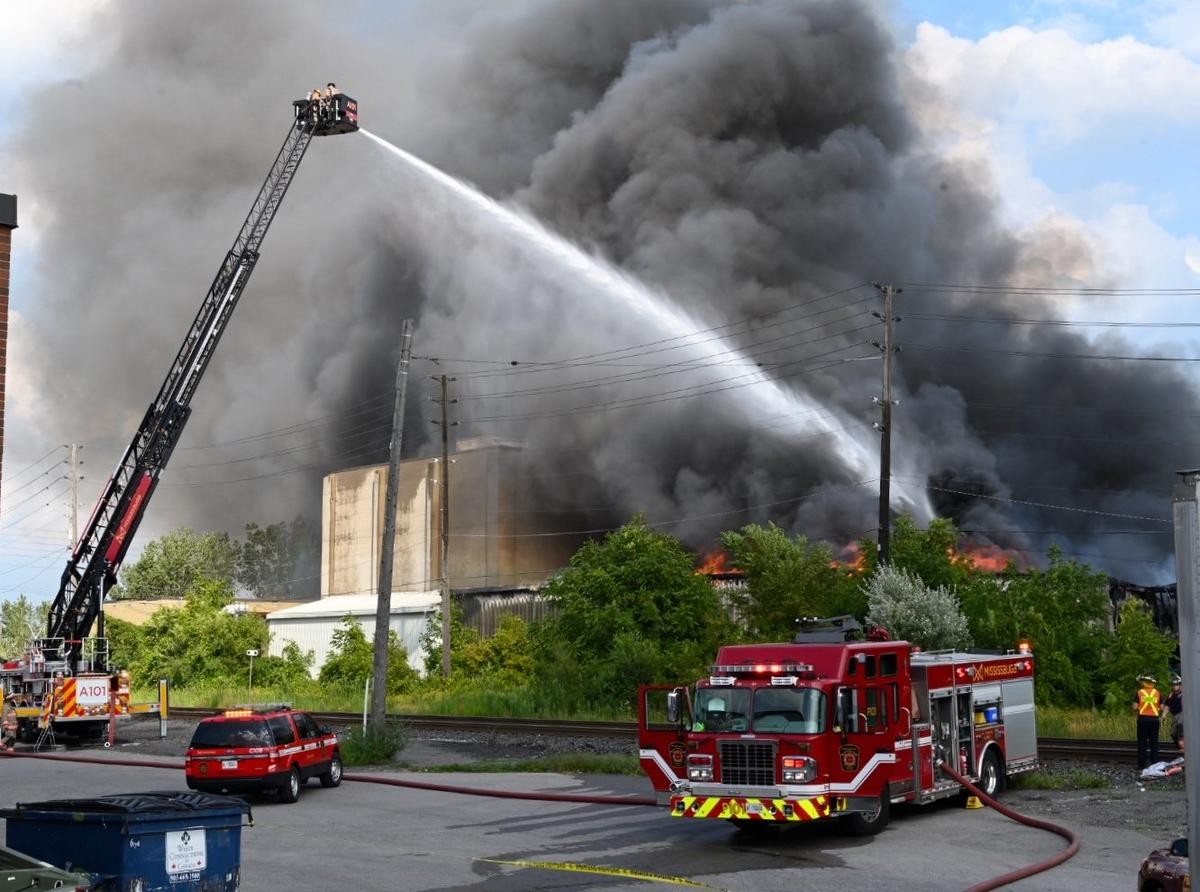
“These are things that have been ignored for decades” — Union boss says investment is key for Mississauga’s struggling fire service
While these two events may not have seemed linked at first, they are only two of the tens of thousands of calls Mississauga firefighters attend to each year.
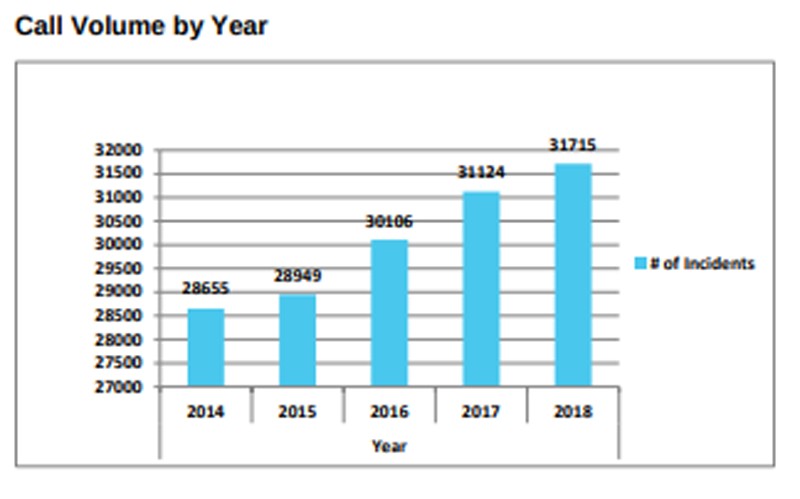
As Mississauga continues to grow every year, the job of the city’s firefighters becomes tougher. With only one new fire station built across more than a decade, the people working to keep residents safe are being faced with an increasingly challenging workload.
“We went through a period of stagnation — there was no growth,” President of the Mississauga Fire Fighters Association Chris Varcoe told The Pointer, describing the city’s treatment of its emergency service over the past 20 years. Listing the various areas neglected by previous city hall administrations, he said the service had not added a truck or firefighter since 2006, with the first new vehicle going online at the very start of 2020. Varcoe was careful not to lay blame at the door of the current administration, a council, mayor and fire chief he believes are working to fix the mistakes of their predecessors. However, he did outline 20 years of neglect which took place as the country’s sixth largest city exploded in size.
As The Pointer has previously reported, the city’s fire service has response times significantly below the industry standard of 240 seconds 90 percent of the time. In fact, Mississauga’s response times are so far below where they should be, the city officially lowered their target to 240 seconds 75 percent of the time instead of 90 percent. Still, the city’s under-resourced firefighters are failing to meet the lowered target.
According to the 2020 proposed budget document, the fire service’s 2018 average response time was 536 seconds (8 minutes and 56 seconds), an increase of 1.3 percent from the year before.
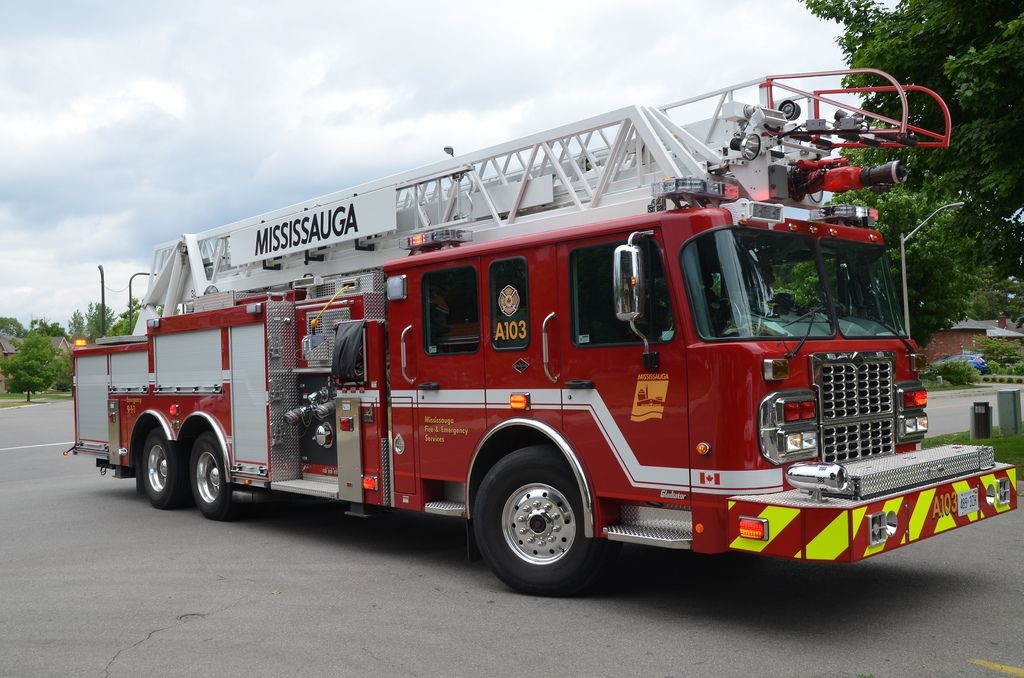
In an ideal world, Mississauga would have 44 fire stations to help keep residents safe and guarantee response times within the industry standard. However, the cost of construction and maintenance of that many stations is simply untenable, with just 21 currently built and maintained by the city.
Instead, the city’s Fire Master Plan (2019) plans to build six new stations across the next 12 years, with a focus on education to allow the city to reassign their resources to key areas. The six new stations are proposed to be built in areas currently experiencing the highest demand and slowest response rates. Options include: Mavis and Dundas; Dundas and Cawthra; Collegeway and Winston Churchill and Tenth Line and Aquitaine.
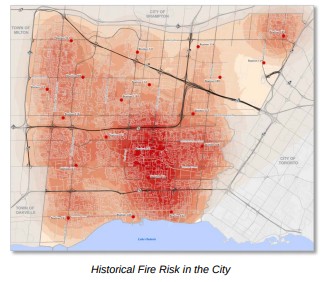
“What we’ve done is we’ve taken a balanced approach to being fiscally responsible, while at the same time keeping a close eye on public safety,” Mississauga Fire Chief Tim Beckett told The Pointer in November. “So, for us, we can’t afford 44 stations, therefore how can we be just as effective at a lesser cost? If fire services start to put more money into code enforcement and into public education programming, then they can change people’s attitudes and they can ensure that the buildings are working properly. You can then start to re-assign your resources based on your risk.”
Vercoe, the union boss, is supportive of the current plan and generally encouraged by the commitment being shown by the current Fire Chief, Mayor and Council. A series of internal audits and documents would suggest a renewed commitment to a problem which city hall allowed to fester since the start of the millenium.
In 2017, Mississauga completed an internal audit of the fire service’s buildings and fleet. The audit listed concerns over the building and fleet maintenance as well as inefficient inventory tracking, cash handling and a failure to properly document expenses. A year later, the city commissioned a second audit, this time specifically of the fire service’s buildings, 14 of which are already more than 20-years-old.
The results of the audit are mentioned briefly in the 2020 proposed budget document. Two short paragraphs on the topic say the Building Condition Audit found health and safety, accessibility and gender neutral washrooms to be the key priorities. “The final report includes recommendations for each station,” the budget reads. “The scope varies for each station depending on its assessment against specific design principles.”
The existence of the audits is important as it shows the City of Mississauga is trying to get its house in order. Commissioning the studies into the fire service’s old buildings is a crucial first step, showing city hall has moved past its previous position of denial. However, with more than 20 years of wear and tear, the result of such an audit is, in itself, concerning.
As quickly as problems are identified, timely solutions are needed to stop the fire service from dropping its service level and response times even further. Delays on new buildings and repairs for old facilities could be a significant disadvantage for firefighters in Mississauga.
“Where we run into problems, from my perspective, is when it comes time to build a station for the city of Mississauga, it takes years,” Varcoe said. “Years and years and years and we run into all kinds of delays and setbacks where it just takes forever.”
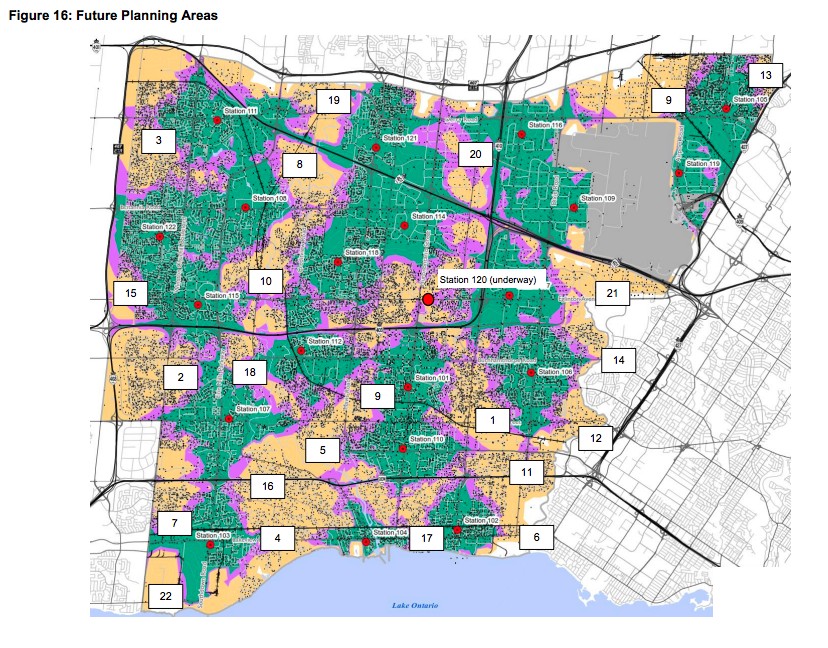
Potential locations for future Mississauga fire stations numbered by priority.
Take Fire Station 120, for example. It is the most recent station to open in the city, the first addition to the service’s portfolio in 13 years. However, even the new station took at least three years to bring to life. Assistant Fire Chief Brian Walsh referenced the design of the building in 2016, with the City of Mississauga accepting bids for its construction in early 2018. The building was finally ready to be used by October 2019.
However, even as new fire stations begin to slowly open their doors, others may be forced to close. In a case of one step forward, two steps back, Varcoe says a recent city audit he has seen suggested some facilities were beyond repair.
“They had an engineering audit completed and a few of the stations have been identified to not be repaired or renovated, [but rather they’re] [...] to be teardowns,” Varcoe said. “Stop fixing them is what they were told - they’re not worth renovating.”
He added that several fire stations, including 101, 7 and 9, don’t meet provincial disability legislation. Station 101, for example, functions mainly on the third floor of the building, with no elevator on the premises, a barrier to fully accessible school trips.
As alluded to in the budget document, a lack of female washrooms in older stations is an issue. Despite the first female firefighter in Mississauga joining the team 26 years ago, the issue of separate bathrooms was never addressed.
“To be exceptionally clear, Tim Beckett inherited this problem — Bonnie Crombie inherited this problem,” Varcoe said. “ And they’re working to address these issues, but it takes a tremendous amount of dollars to do it. We [the union] are realistic in our approach… and I understand the fiscal challenges and being responsible with taxpayer dollars, but these are things that have been ignored for decades.”
As Mississauga councillors return to their posts this week for their first meeting of 2020, the budget process still hangs over them. Despite the dire straits the city’s fire service finds itself in, nothing is yet safe from the scrutiny of elected officials keen to see the city’s tax burden reduced. One idea floated by councillor Karen Ras at the end of 2019 (though not formally discussed) was to reduce the Public Safety Fire Program from a 1 percent increase to 0.75 percent, showing the city’s emergency service is not untouchable.
For a service already stretched far too thin, facing lengthy construction times on new stations and serious upgrades or rebuilding requirements for some of those that already exist, any budget cuts seem unimaginable.
“We’re at the point where we need to urgently develop fire stations and add fire trucks to meet the increasing need and the travel response times that we need to keep the citizens safe,” Varcoe said. “That’s just where we are; we simply need [that]. The city has grown substantially since 2006 and to add one truck? That’s scratching the surface of what we need.”
Email: [email protected]
Twitter: @isaaccallan
Tel: 647-561-4879
Submit a correction about this story


